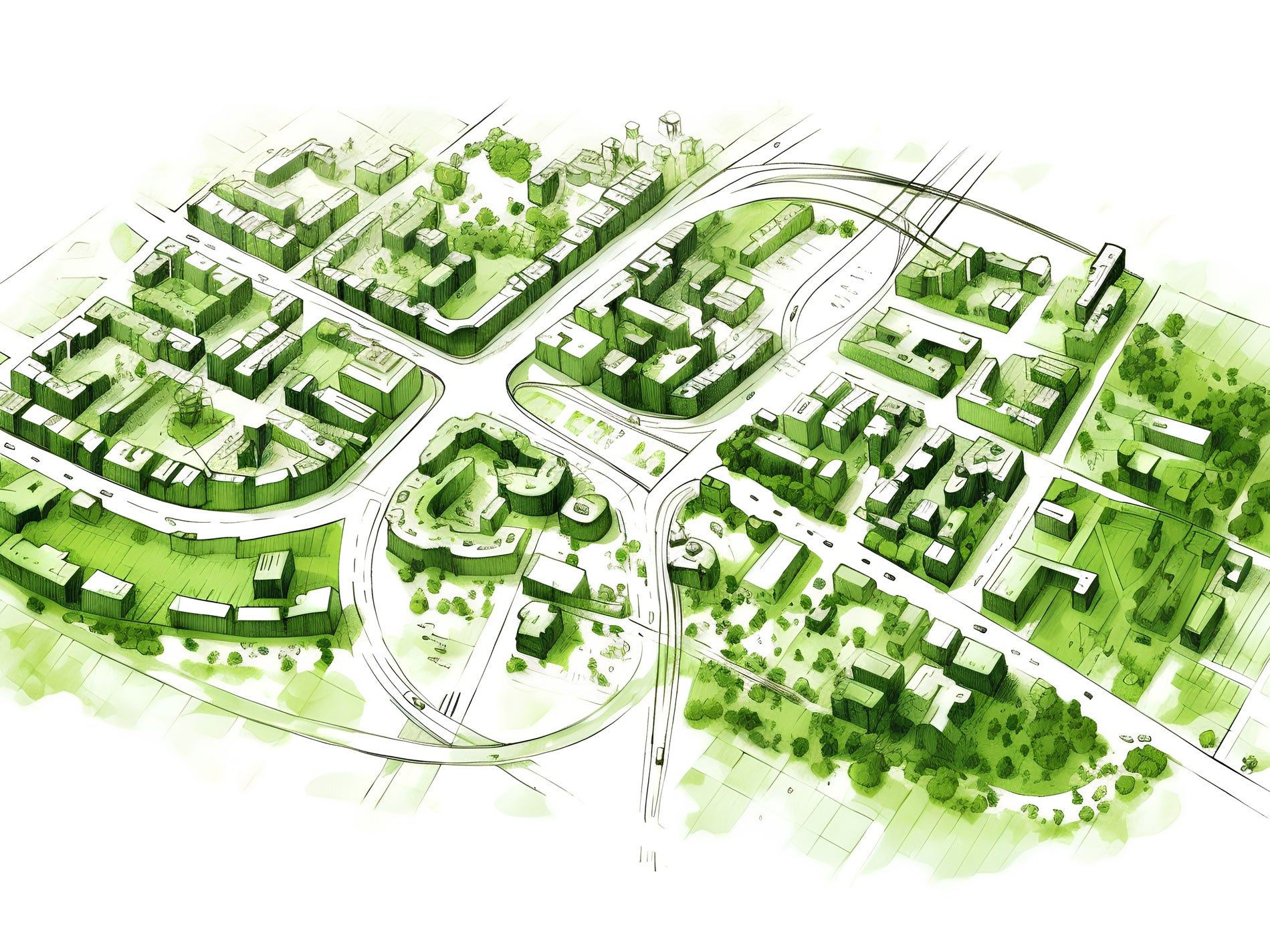27 September 2023
5 min read
#Planning, Environment & Sustainability
Published by:

On 20 September 2023, the Victorian Government introduced its highly-anticipated Housing Statement, unveiling a transformative vision for the state's planning landscape over the next decade. The cornerstone of this statement is an ambitious target – the construction of 800,000 homes across Victoria within the next ten years. To achieve this objective, significant changes to the planning framework are proposed, guided by the notion that increasing housing supply will enhance affordability.
This article explores the key proposals and implications of these planning reforms, shedding light on the path forward for Victoria.
The Housing Statement proposes an expansion of Victoria's Development Facilitation Program, with the Minister for Planning assuming a pivotal role in approving significant residential developments, including those involving social housing. A team of 90 new town planners will support this effort.
The expanded program will simplify the planning process for medium to high-density residential projects meeting the following criteria:
Projects not meeting these criteria can still receive approval if they provide more than 10 per cent affordable housing or demonstrate best-practice design and environmental standards, promoting long-term rental options for Victorians. These changes are expected to expedite the release of approximately 13,200 additional homes that might otherwise face delays.
To increase housing options in activity centres across Melbourne, planning controls will be introduced to facilitate the construction of an additional 60,000 homes in ten initial activity centres: Broadmeadows, Camberwell Junction, Chadstone, Epping, Frankston, Moorabbin, Niddrie (Keilor Road), North Essendon, Preston (High Street) and Ringwood.
In addition, a series of “priority precincts” have been identified, with some of the location (of these centres) likely to have been influenced by the Victorian Government’s flagship Suburban Rail Loop project. These activity centres will attract investments to enhance local amenities such as parks and public spaces. Expectations are that more activity centres will be added in the future.
The reforms make it easier to construct and renovate properties. Planning permits will no longer be required for granny flats or dwelling garden units smaller than 60 square meters. Extensions to sheds and carports on single dwellings may now receive permit exemptions.
Single dwellings on lots larger than 300 square meters, without overlays, will no longer require planning permits. Conversely, single dwellings on lots smaller than 300 square meters, where overlays do not exist, will be approved within a swift 10-day timeframe through VicSmart.
The government plans to introduce new Deemed to Comply residential standards while codifying or reviewing existing ones. This will enable council planners to quickly approve permits for homes meeting these standards, with only non-compliant parts undergoing assessment. Furthermore, the Future Homes program will expand to encompass all metropolitan and specified regional council areas, incorporating four to five-storey design typologies that were previously limited to specific Maribyrnong zones.
Legislative reforms will be introduced to implement the Red Tape Commissioner's recommendations. These reforms empower the Victorian Civil and Administrative Tribunal to dismiss cases without prospects of success and impose time limits on submissions.
Plan Melbourne, the current metropolitan planning strategy, will be updated and expanded statewide. The objective is to allocate 70 per cent of new homes to established areas and 30 per cent to growth areas, fostering balanced development.
A comprehensive overhaul of the Planning and Environment Act 1987 is expected, with the goal of ensuring its relevance and effectiveness to the current climate. These amendments will primarily clarify decision timelines and defining the roles and responsibilities of all stakeholders within Victoria's planning system.
Under-used commercial office buildings are being converted to residential, seeking to facilitate around 10,000-12,000 apartments and mixed-use properties.
VC242, effective 20 September 2023, introduced amendments to all Victorian Planning Provisions. This amendment includes the addition of two key Particular Provisions (clauses 53.22 and 53.23) designed to facilitate residential and economic development by providing a significant level of housing, or by making a significant contribution towards Victoria’s economy and providing substantial public benefit, including new jobs.
In general, these clauses make changes such as:
Clause 53.22 applies to “significant economic development” across a broad range of economically significant proposals, including retail and industrial uses, but qualifying conditions apply. For instance, the estimated cost of the development being $50 million if any part of the land is in metropolitan Melbourne, or $15 million if the land is not in metropolitan Melbourne.
The Housing Statement aligns with the National Housing Accord announced in October 2022, aiming to construct one million new homes in the next five years, including 200,000 affordable homes. It also reflects outcomes from the National Cabinet meeting on housing in August 2023, where measures were agreed upon to boost housing supply through streamlined planning processes and incentives for affordable housing development. These strategies collectively address housing supply and affordability concerns, marking Victoria's commitment to its role within the Accord and National Cabinet.
Ultimately, the Victorian Government's Housing Statement marks a pivotal moment in the state's planning history. As these reforms take shape, it will be essential for stakeholders to stay informed and engaged in shaping the future of housing in Victoria.
If you have any questions about the Housing Statement or the reform, please get in touch with our team below.
Disclaimer
The information in this article is of a general nature and is not intended to address the circumstances of any particular individual or entity. Although we endeavour to provide accurate and timely information, we do not guarantee that the information in this article is accurate at the date it is received or that it will continue to be accurate in the future.
Published by: